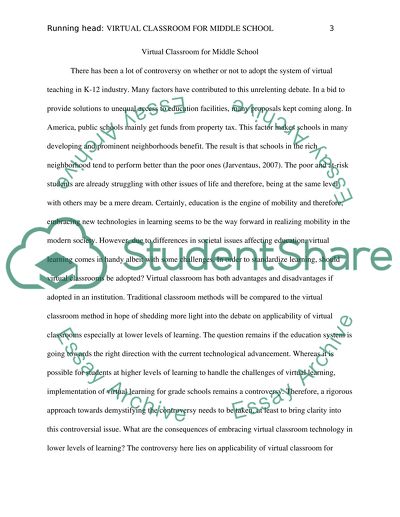Cite this document
(“Virtual Classroom Research Paper Example | Topics and Well Written Essays - 3750 words”, n.d.)
Retrieved from https://studentshare.org/education/1400655-re-library-thesis-on-virtual-classroom
Retrieved from https://studentshare.org/education/1400655-re-library-thesis-on-virtual-classroom
(Virtual Classroom Research Paper Example | Topics and Well Written Essays - 3750 Words)
https://studentshare.org/education/1400655-re-library-thesis-on-virtual-classroom.
https://studentshare.org/education/1400655-re-library-thesis-on-virtual-classroom.
“Virtual Classroom Research Paper Example | Topics and Well Written Essays - 3750 Words”, n.d. https://studentshare.org/education/1400655-re-library-thesis-on-virtual-classroom.


